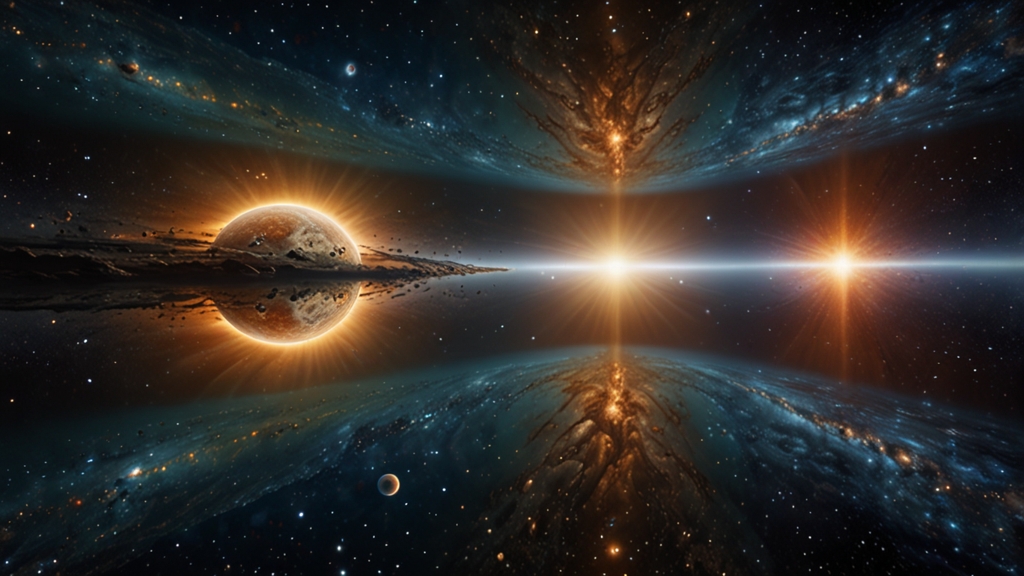Parallel Universes Explained: Metaphysics Meets Modern Science
The concept of parallel universes has long fascinated both scientists and philosophers. Born from the realms of metaphysics, parallel universes have transitioned from speculative ideas into plausible scientific theories. This melding of metaphysics and modern science presents an intriguing frontier for understanding the nature of our existence.
What Are Parallel Universes?
Parallel universes, also known as the multiverse, refer to the hypothetical existence of multiple, potentially infinite universes that exist alongside our own. Each universe within the multiverse operates with its own distinct laws of physics, constants, and perhaps even different versions of ourselves and histories.
"The multiverse is a hypothetical collection of various universes, including our own, which together constitute all of physical reality." – Brian Greene, Theoretical Physicist
Metaphysical Origins
The notion of parallel universes isn't new. Ancient philosophical traditions and Eastern religions have often alluded to the idea of multiple worlds. In metaphysical terms, these parallel worlds were thought to be layers of existence beyond our immediate perception, hinting at the vastness and complexity of the cosmos.
Philosophers have debated the existence of parallel worlds for centuries. For instance, the concept of an infinite number of worlds was proposed by the philosopher Anaximander in ancient Greece. Similarly, the idea finds resonance in Hindu and Buddhist teachings that speak of countless realms and dimensions.
The Multiverse in Modern Science
Modern science has embraced and expanded upon these ancient ideas, exploring the possibility of parallel universes through various theoretical frameworks. One of the most prominent is the Many-Worlds Interpretation (MWI) of quantum mechanics.
Many-Worlds Interpretation
Proposed by physicist Hugh Everett in 1957, the MWI suggests that every quantum event results in a branching of the universe into multiple, non-interacting parallel worlds. In this interpretation, each possible outcome of a quantum decision point creates a new universe, rendering every conceivable history real.
Cosmology and the Multiverse
In cosmology, the theory of eternal inflation posits that the rapid expansion of the universe after the Big Bang could give rise to an infinite number of "bubble universes," each with its own unique properties. According to this theory, our universe is just one bubble among many in an ever-growing cosmic foam.
"Eternal inflation predicts that our universe is not alone, but part of an even vaster multiverse." – Alan Guth, Cosmologist
Implications and Challenges
The potential existence of parallel universes opens up a realm of philosophical and scientific questions. If multiple universes exist, what does that mean for our understanding of reality? How do we reconcile the existence of multiple selves across different worlds? What implications does this have for free will and determinism?
Moreover, the multiverse presents significant challenges to empirical science. Since we are confined to our own universe, testing or observing other universes directly remains an immense challenge. This has led some critics to argue that the multiverse, while intriguing, remains more within the domain of philosophy and theoretical speculation rather than empirical science.
Conclusion
The exploration of parallel universes provides a fascinating intersection of metaphysics and modern science. While metaphysical ideas have laid the groundwork for understanding the possibility of multiple worlds, scientific theories like the Many-Worlds Interpretation and eternal inflation have offered a structured, albeit still speculative, framework. As our scientific tools and technologies advance, the hope remains that we may one day find evidence that confirms or refutes the existence of these parallel worlds, bringing us closer to understanding the true nature of reality.









